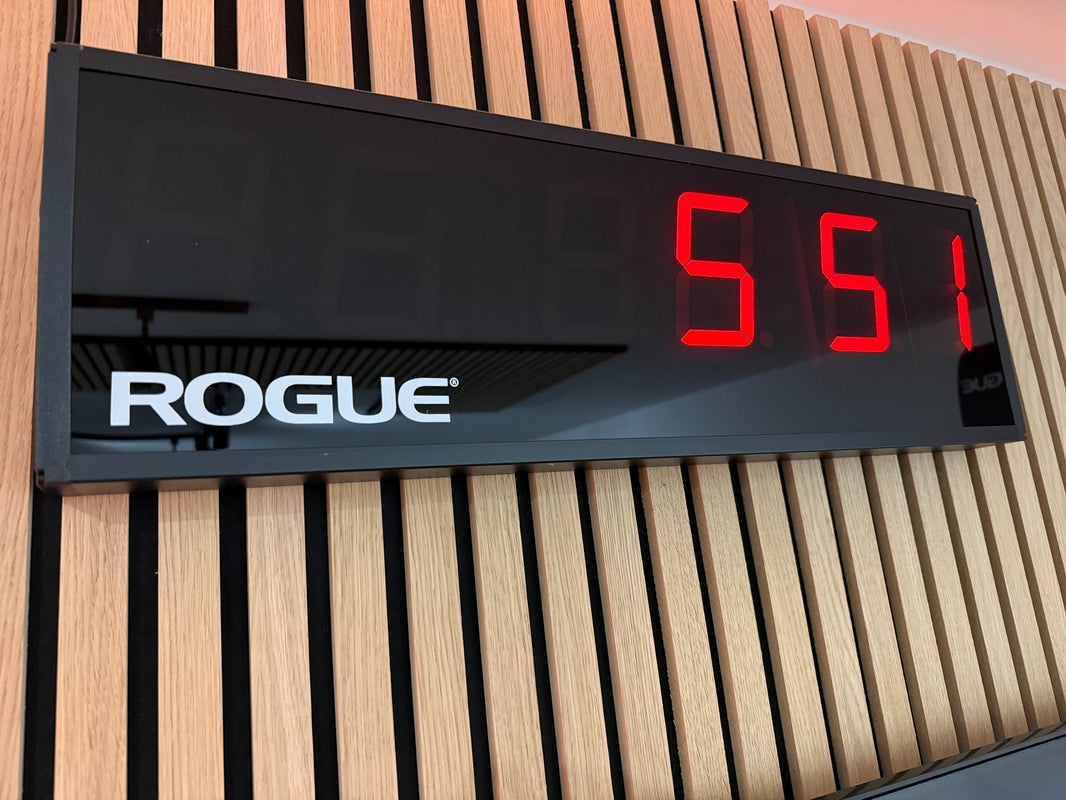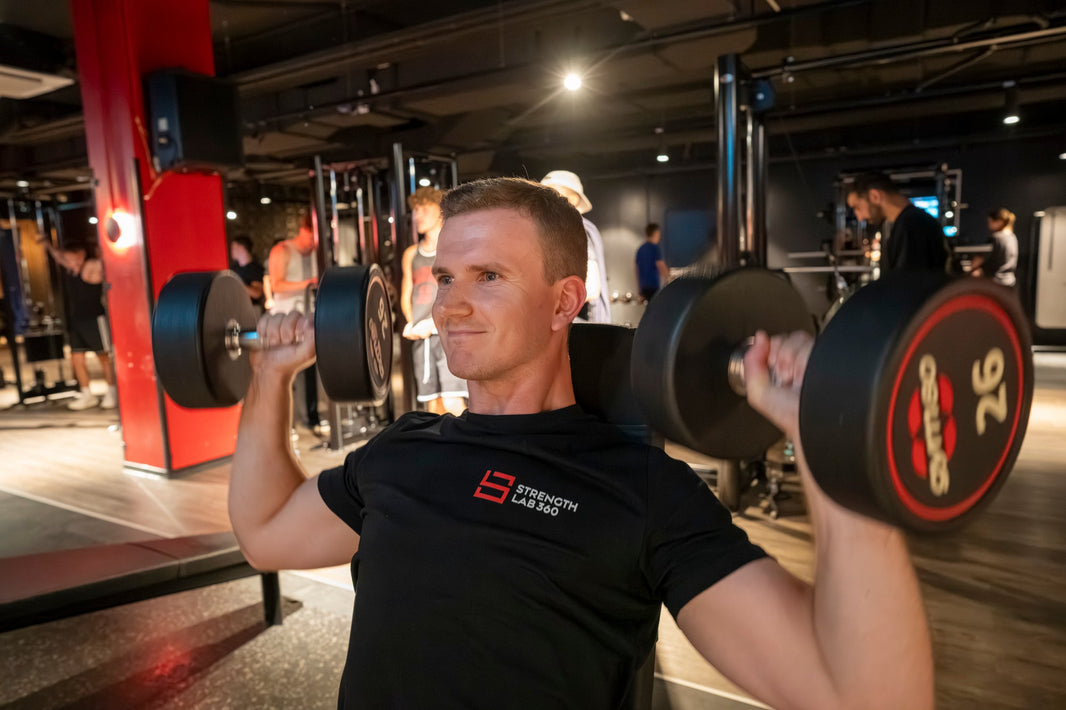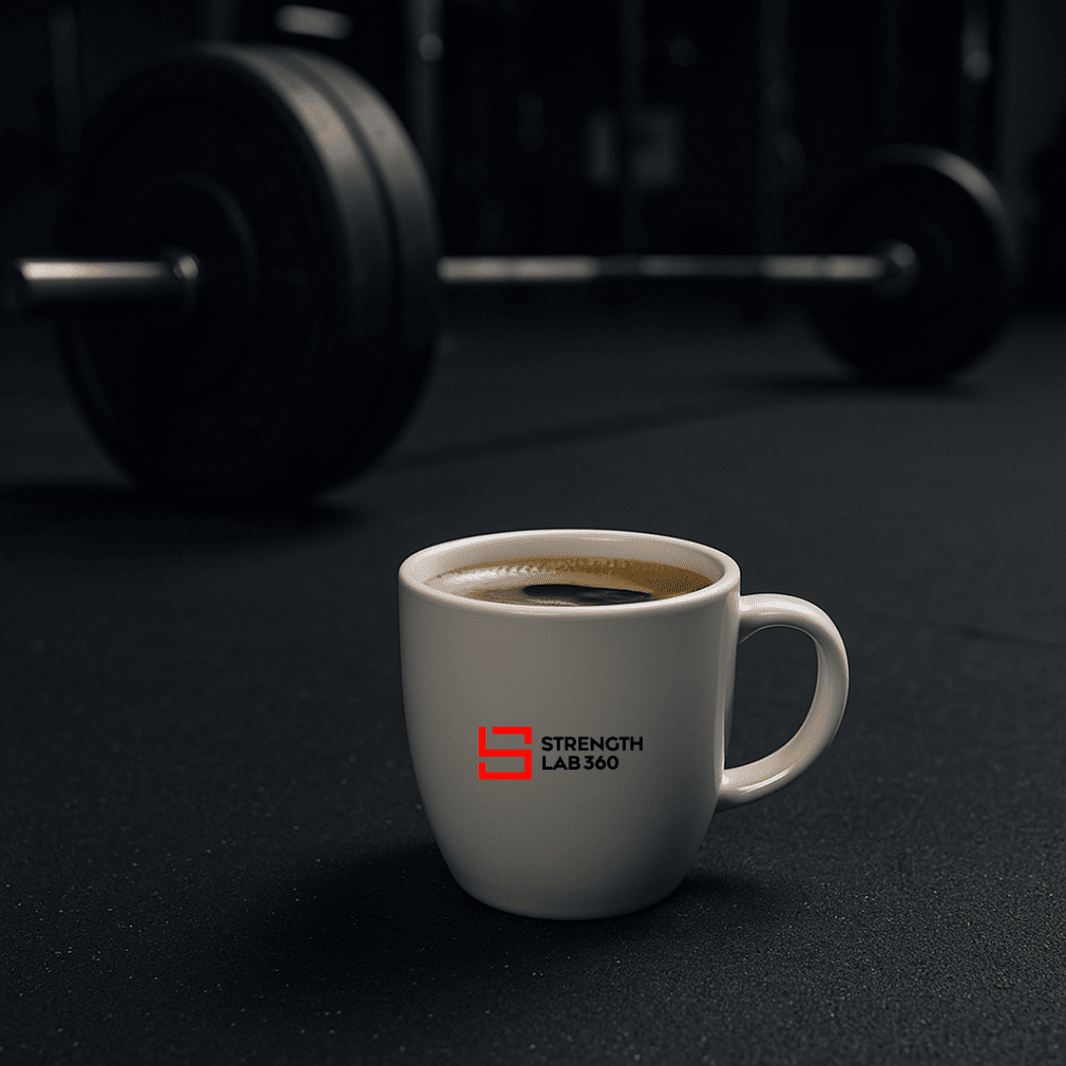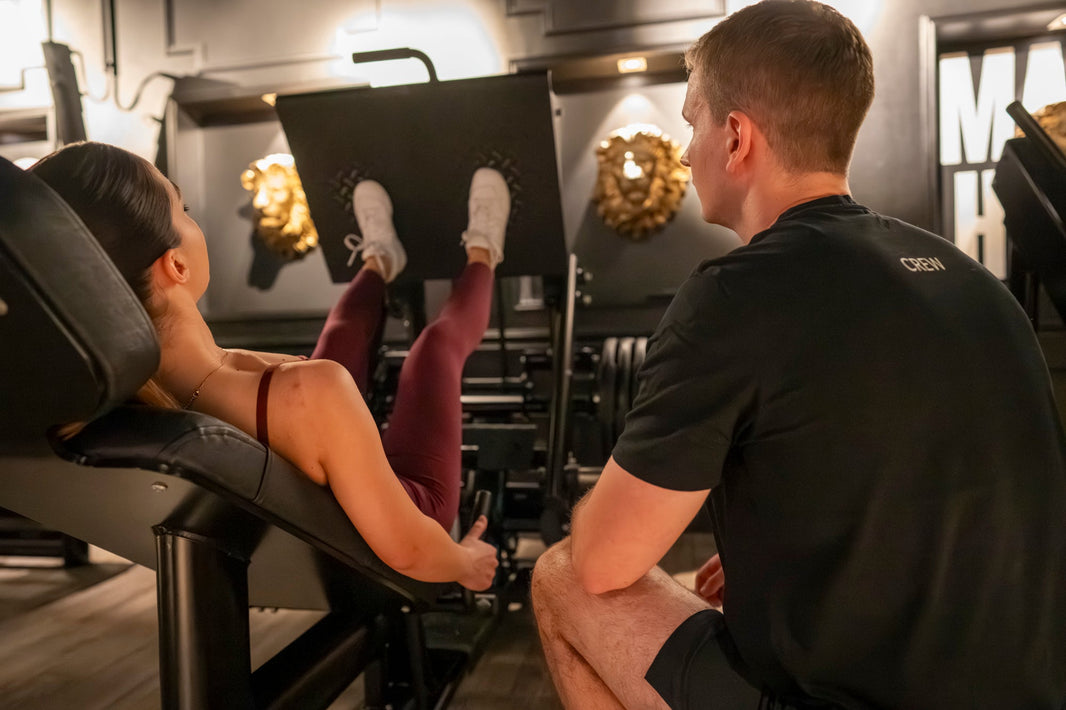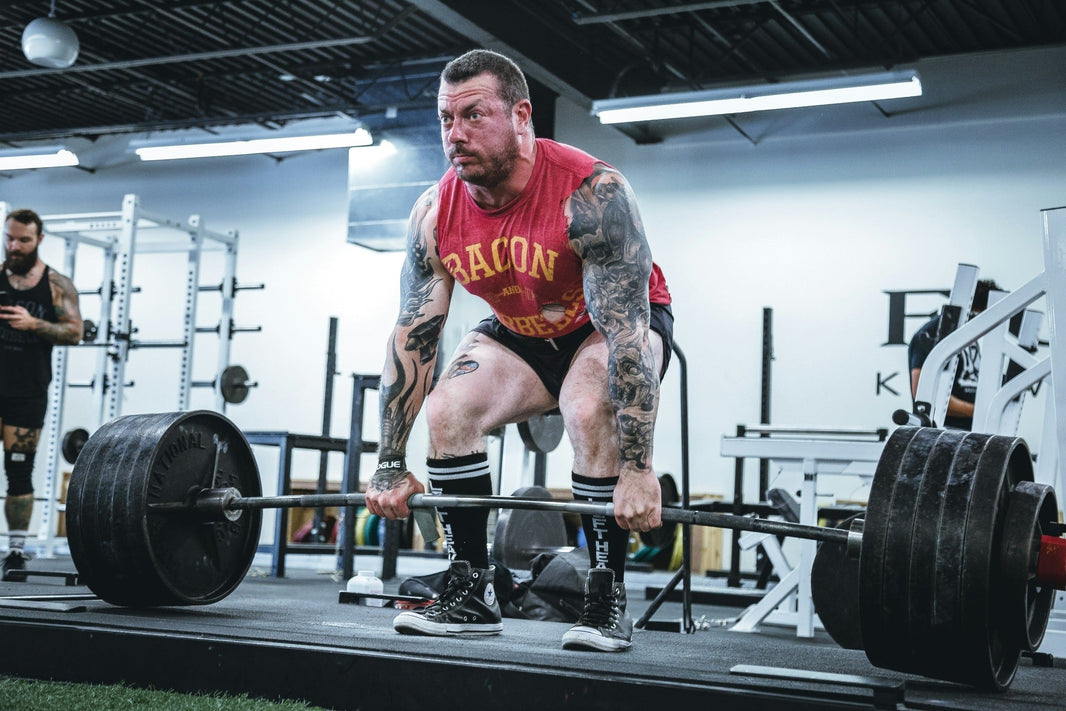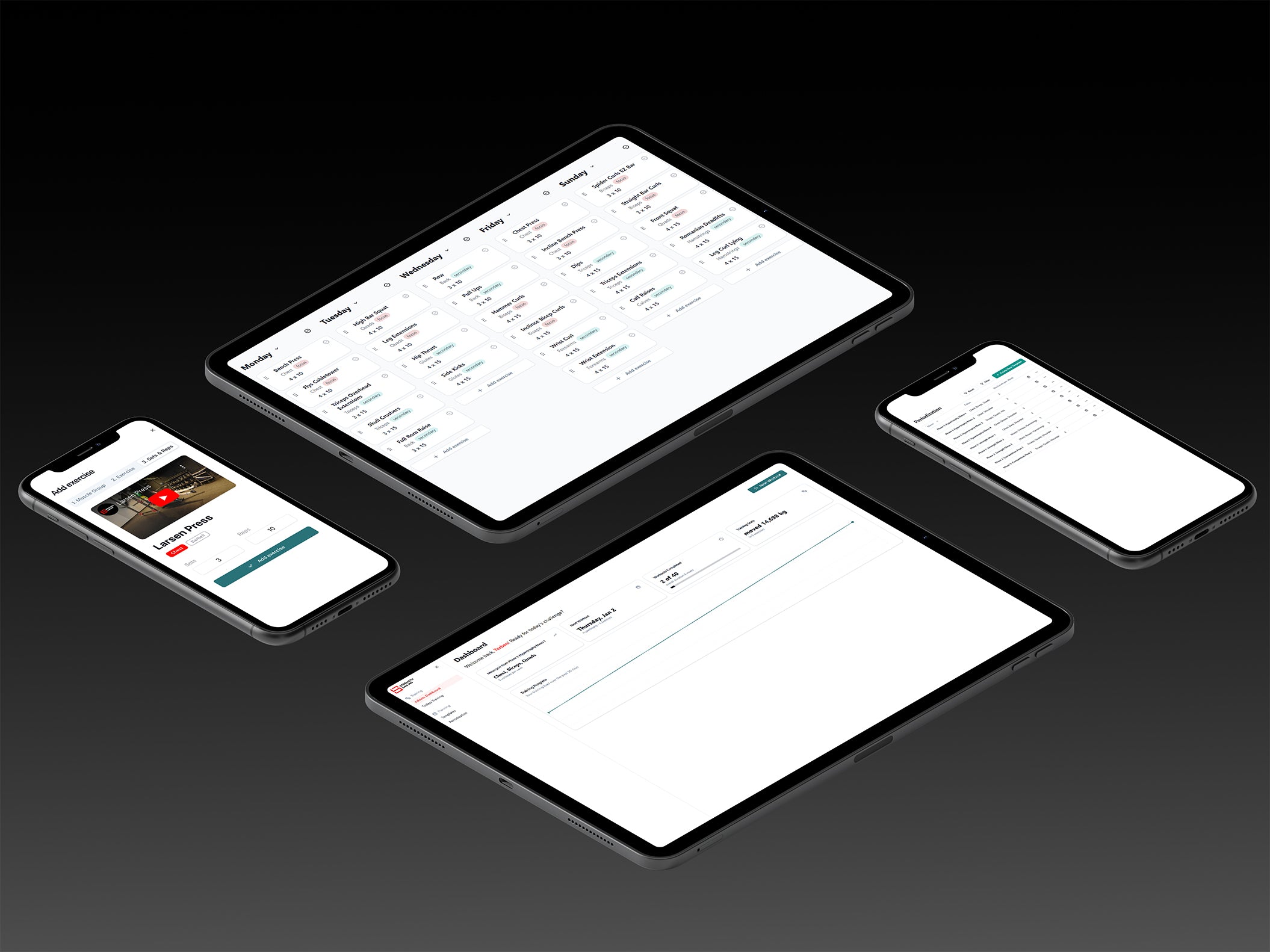Hypertrophy Training: How Load, Effort, and Workout Strategy in Strength Training Drive Muscle Hypertrophy
For decades, hypertrophy training was oversimplified: lift heavy for size and strength, go light for tone and endurance. But modern research in strength training and hypertrophy training—especially the 2017 meta-analysis by Schoenfeld et al.—has rewritten the rules. The evidence is clear: muscle hypertrophy can occur across a wide spectrum of loads, provided you train with sufficient effort. That means both heavy and light weights can build real muscle, making your workout approach more flexible than ever.
This article explores the science behind muscle growth, breaks down how load impacts adaptation, and outlines how to design a training program that maximizes hypertrophy across rep ranges. If you want to understand the key principles of hypertrophy training and how to maximize muscle size without dogma, read on.
Do You Have to Lift Heavy for Hypertrophy?
A long-standing myth in strength training is that you must lift heavy to build size. However, recent studies, including the one published in the Journal of Strength and Conditioning Research, reveal that both heavy (>60% 1RM) and light (≤60% 1RM) loads can be equally effective in promoting muscle hypertrophy, provided sets are taken close to failure. This challenges the binary view of resistance training and opens the door to a more nuanced approach.
The takeaway? You don’t need to choose between high-load and high-rep exercise—both can work. The critical factor is training with high effort, especially during your final few reps of each set.
What the Research Says About Load and Muscle Growth
The Schoenfeld et al. (2017) analysis reviewed 21 studies on hypertrophy and strength training, comparing high- and low-load resistance training. Results showed:
-
Heavy loads (~8.3% increase in muscle size)
-
Light loads (~7% increase in muscle mass)
These results demonstrate that hypertrophy isn’t solely dependent on the load used. What matters more is how close you train to momentary muscular failure. This finding supports the idea that muscle growth is driven by effort, not just load.
How Do Heavy and Light Loads Stimulate Muscle Differently?
Heavy loads primarily generate high mechanical tension, especially on Type II muscle fibers, which are critical for muscle strength and hypertrophy. This kind of exercise recruits fast-twitch units early and supports myofibrillar hypertrophy, where contractile proteins increase, enhancing muscle strength and density.
Light loads, when taken to failure, rely more on metabolic stress. They prolong muscle contractions, accumulate metabolites, and cause cell swelling. This promotes sarcoplasmic hypertrophy, expanding the non-contractile elements of the muscle cell. The result is more rounded muscle gain across fiber types.
Which Muscle Fibers Respond Best to Each Type of Load?
The loading strategy you choose influences muscle fiber recruitment:
-
Heavy loads activate Type II fibers early and promote strength gains and power.
-
Light loads can lead to more activation of Type I fibers through fatigue, enhancing endurance and capillarization.
A comprehensive hypertrophy program should therefore target both fiber types to increase muscle size and function.
What Are the Best Rep Ranges for Hypertrophy?
A flexible rep range of 6–30+ reps per set can all contribute to muscle hypertrophy—as long as effort remains high. Heavier loads are typically used with 6–12 reps, while lighter loads can push beyond 15–30 reps. The choice depends on your goals, movement selection, and recovery capacity.
The key to maximizing hypertrophy is proximity to failure. Whether performing 8 or 25 reps, your muscles must be challenged enough to signal adaptation.
Should You Always Train to Failure in your Workouts?
While training to failure ensures full motor unit recruitment, especially with lighter loads, it's not mandatory every session. Close-to-failure training—leaving 1–2 reps in reserve—still provides enough intensity to stimulate growth while reducing systemic fatigue and risk of injury.
Alternating failure and non-failure sets within a training session or throughout a training week allows you to manage fatigue while still pushing hard enough to build muscle.
How Do Load and Rest Interact in Strength Training?
Heavier lifts usually demand longer rest, while lighter, metabolically focused sets may only need 30–60 seconds. Adjust training variables based on the load used and your overall workout structure. Proper rest supports recovery between sets per muscle group, especially when aiming to train multiple muscle groups within one workout.
How to Combine Heavy and Light Loads for Maximum Hypertrophy
A smart hypertrophy training strategy involves integrating both loading styles:
-
Start with compound, high-load movements (e.g., squats, presses) for mechanical tension.
-
Follow with isolation exercises using lighter loads to failure (e.g., curls, lateral raises) for metabolic stress.
This dual approach not only targets a broader range of muscle fibers, but also supports skeletal muscle hypertrophythrough multiple mechanisms of action.
What Are the Most Common Myths About Load and Hypertrophy?
Let’s debunk a few persistent myths:
-
“You have to lift heavy to grow.” → False. Effort, not just weight, drives hypertrophy.
-
“High reps just tone.” → Misleading. High-rep sets taken to failure can produce significant muscle growth.
-
“Training to failure is always required.” → Not necessarily. Close-to-failure sets are often enough for optimal results.
Understanding the mechanisms of muscle hypertrophy allows for greater flexibility and personalization in your workout design.
How to Build a Balanced Hypertrophy Training Program
Design your training program with a mix of loading zones and resistance training methods. Prioritize:
-
Multi-joint lifts for muscular strength and overall mass
-
Isolation movements for shaping and targeting weak areas
-
Load variety to stimulate both myofibrillar and sarcoplasmic hypertrophy
-
Progressive overload to ensure continued adaptation
This approach reflects the best practices from the latest strength and conditioning research and applies advanced resistance training techniques to maximize your results.
Summary: Heavy and Light Loads Can Both Build Muscle
-
Hypertrophy occurs across a wide range of loading zones (30–85% 1RM)
-
The key factor is effort—take most sets close to failure
-
Both heavy and light loads stimulate different mechanisms of muscle adaptation
-
A full-spectrum training program targets Type I and II muscle fibers
-
Rest, rep range, and exercise selection must align with your training goals
-
Combining both load types maximizes overall muscle gain and minimizes plateaus
Whether you're just starting out or looking to refine your hypertrophy training, embracing both heavy and light loads will help you maximize muscle hypertrophy efficiently and sustainably.
Scientific References:
-
Understanding Hypertrophy and Strength Training
-
Hypertrophy Training: A meta-analysis by Schoenfeld et al. (2017) concluded that both high-load and low-load resistance training can significantly increase muscle hypertrophy, provided that sets are performed to failure.Springer Link
-
Strength Training: A systematic review by Grgic et al. (2022) found that high-load resistance training (≥60% of one-repetition maximum) is more effective for maximizing muscle strength adaptations compared to low-load training.British Journal of Sports Medicine
-
-
Key Differences Between Hypertrophy and Strength Training
-
Training Volume and Load: Research indicates that higher training volumes are associated with greater muscle hypertrophy, while higher loads are more effective for strength gains. British Journal of Sports Medicine
-
Exercise Selection: A study comparing free-weight and machine-based exercises found that both modalities can be effective for strength and hypertrophy, though free weights may offer advantages in functional performance.BMC Sportwissenschaft und Rehabilitation
-
-
Benefits of Strength and Hypertrophy Training
-
Physical Benefits: Resistance training has been shown to improve muscle strength, hypertrophy, and physical performance across various populations. British Journal of Sports Medicine
-
Psychological Benefits: Engaging in regular resistance training can also enhance mental health, reducing symptoms of anxiety and depression.
-
-
Resistance Training Techniques and Methods
- Advanced Techniques: Implementing methods like drop sets and supersets can further stimulate muscle hypertrophy by increasing time under tension and metabolic stress.
-
Maximizing Muscle Gains: Strategies for Success
- Training to Failure: A systematic review by Grgic et al. (2022) suggests that training to failure is not necessary for maximizing muscle hypertrophy, provided that training volume is sufficient.
-
Which Training Style is Best for Your Goals?
- Individual Goals: The optimal resistance training prescription should be tailored to individual goals, whether focusing on strength, hypertrophy, or a combination of both.

